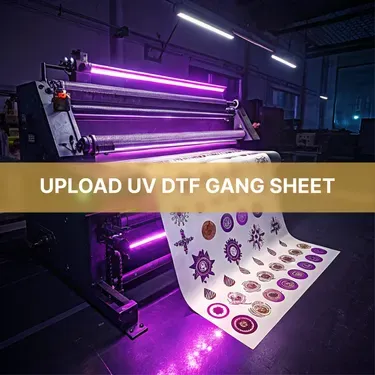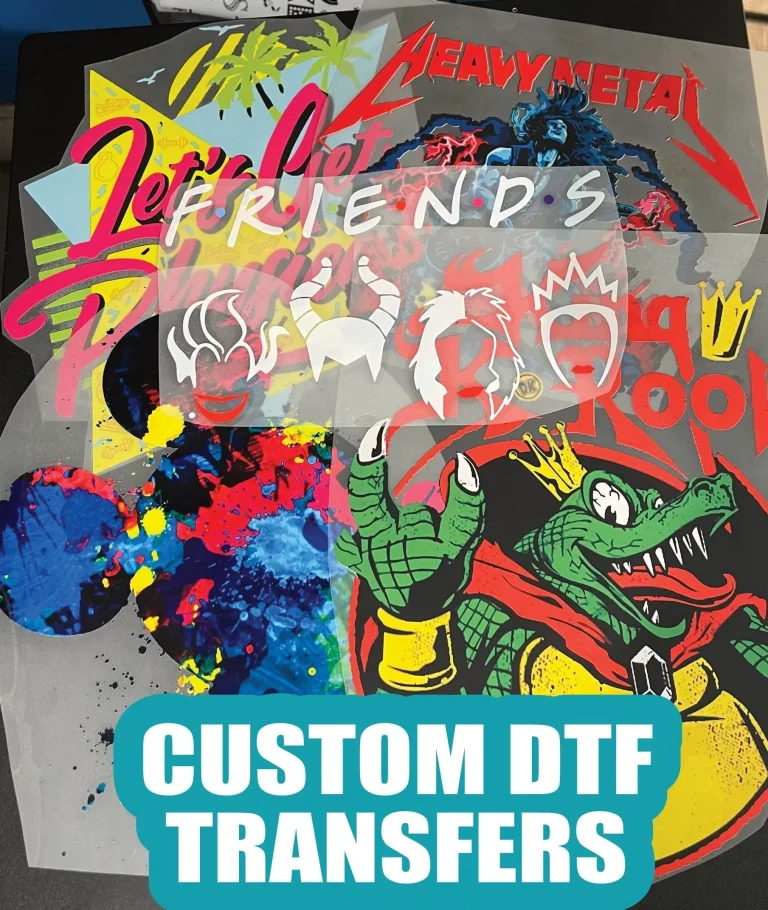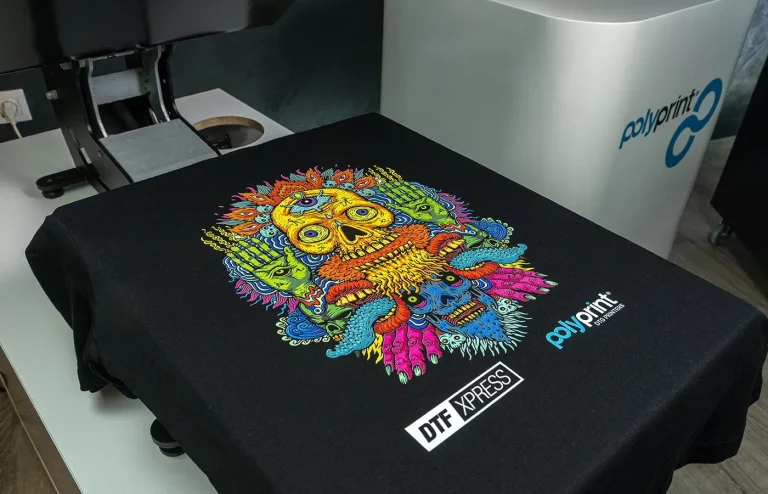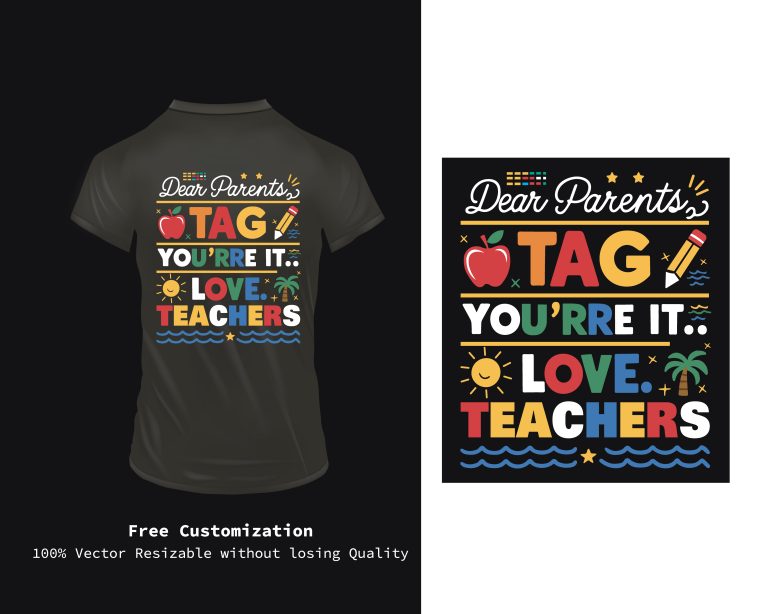
The DTF Gangsheet Builder is revolutionizing the world of custom printing, providing an innovative solution for designers and printers alike. This powerful tool allows users to efficiently arrange multiple designs on a single film sheet, significantly enhancing the productivity of DTF printing projects. By mastering the DTF gangsheet builder, you can maximize print space and optimize your workflow, ensuring that every print runs smoothly and effectively. In this guide, we’ll delve into essential tips and techniques that will elevate your printing results while minimizing material waste. From design optimization to gangsheet layout strategies, harnessing the full potential of the DTF Gangsheet Builder can transform your printing capabilities into a profitable venture.
When it comes to custom printing, the Direct-to-Film (DTF) gangsheet creator stands as a vital instrument for those wishing to enhance their printing efficiency. This advanced software solution enables users to strategically place various art designs on a single sheet of DTF film, maximizing both space and productivity. Understanding the principles behind the DTF builder can lead to remarkable improvements in print quality and cost management for businesses. As we explore this topic, we’ll share expert tips for achieving optimal gangsheet layouts and offer practical advice on fine-tuning your design choices. With a focus on DTF printing, effective layout strategies, and insightful design optimization, you’ll be well-equipped to take your custom printing projects to the next level.
Understanding the Advantages of DTF Printing
DTF printing offers a multitude of benefits for those engaged in custom printing. One of the primary advantages is its versatility; DTF technology allows you to print on a wide range of fabrics, making it suitable for everything from clothing to home textiles. This flexibility not only accommodates various customer needs but also expands the potential applications for businesses. Moreover, DTF printing is renowned for its vibrant color reproduction, which ensures that your designs pop and attract attention. The ability to print high-resolution images with fine detail further enhances the quality of the end product.
Another significant advantage of DTF printing is the efficiency it brings to production processes. By utilizing a DTF gangsheet builder, printers can organize multiple designs geographically within the same sheet, minimizing waste and optimizing material usage. This efficient layout saves money on film and inks while allowing for quicker turnaround times on orders. In essence, adapting DTF printing technology not only elevates the visual quality of custom prints but also streamlines operational workflows, allowing businesses to handle larger volumes without compromising quality.
Essential Tips for Using the DTF Gangsheet Builder
When working with the DTF gangsheet builder, effective design optimization is key to achieving the best results. Begin by ensuring your artwork is created in the proper dimensions and resolution to maintain clarity in the final print. Using vector graphics wherever possible can significantly enhance the quality due to their scalability without loss of detail. Furthermore, make sure to establish the correct color profile that aligns with your printing devices to ensure color accuracy and vibrancy. This foundational step can make a notable difference in the output of your prints.
In addition to design considerations, efficient layout and spacing within the DTF gangsheet are critical for maximizing print efficiency. Proper spacing between individual designs prevents overlapping during print runs, which can lead to unusable outputs and wasted materials. The gangsheet builder often includes features that assist in spacing and arrangement, ensuring you get the most out of your film sheets. Investing time in mastering these tools will pay off by improving your production output and reducing costs in the long run.
Choosing Quality Materials for DTF Printing
Selecting high-quality materials is a crucial element in achieving longevity and vibrancy in your DTF prints. The film used is particularly important; opting for premium DTF film ensures that ink adheres correctly and the colors retain their brilliance even after washing. Brands such as Epson are recognized in the industry for their reliability and compatibility with DTF printing methods. Furthermore, investing in quality DTF inks specifically formulated for this process will provide better color saturation and adhesion, significantly affecting the final appearance of the printed fabric.
Additionally, choosing the right base fabric cannot be underestimated as it can greatly influence the outcome of your prints. Fabrics that are not compatible with DTF inks may lead to poor print quality or fading over time. Establishing a reliable source for both materials and inks will be beneficial for maintaining consistent printing results across different projects. In this way, your commitment to quality materials will be reflected in the satisfaction of your clients and the success of your custom printing endeavors.
Effectively Managing Temperature Settings
In DTF printing, monitoring and managing temperature settings is paramount to achieve successful transfers. Each type of fabric and ink combination necessitates specific heating conditions to activate the adhesive properties of the prints effectively. Failing to adhere to these guidelines may lead to issues such as peeling or poor adhesion over time, compromising the quality of your final product. By thoroughly reviewing the manufacturer’s recommendations, you can set the right curing temperatures, ensuring your prints maintain their integrity and durability.
Furthermore, conducting temperature tests before proceeding with full production runs can help you avoid costly mistakes. This preemptive approach allows you to fine-tune your settings based on the specific needs of the fabric and ink combinations you are working with. By prioritizing this aspect in your workflow, you ensure that your custom prints are not only visually appealing but also resilient against wear and washing, providing value to your customers.
Conducting Test Prints for Quality Assurance
Going through a phase of conducting test prints is integral in the DTF printing process. By executing small batch prints prior to larger runs, you can assess aspects like color accuracy and material compatibility with ease. This practice provides you with invaluable feedback on whether adjustments need to be made in the gangsheet builder settings or if revisions to artwork are necessary. It reduces the likelihood of errors during printing, helping you maintain high standards for your custom outputs.
Moreover, test prints can also serve as an opportunity to experiment with various settings and design placements. Utilizing the DTF gangsheet builder effectively during these tests allows for an exploration of different layouts that can result in enhanced efficiency in your final production runs. Ultimately, this proactive approach to testing will facilitate improvements that lead to elevated quality in your final products, ensuring that your reputation for excellence in custom printing remains intact.
Staying Ahead with DTF Printing Innovations
The world of DTF printing is constantly evolving, with fresh innovations shaping how custom printing is conducted. For instance, advancements in software that aid in gangsheet creation are making the design placement process more efficient, leveraging automation to reduce human error and streamline workflows. Staying informed about these trends can significantly benefit custom printers in their production efficiency and output quality. By embracing these technological strides, printers can enhance their capabilities, offering cutting-edge services that meet the demands of modern consumers.
Additionally, the development of new ink formulations is further driving the quality of DTF prints. Recent innovations have introduced inks that boast superior color vibrancy and wash resistance, ensuring that prints not only look good initially but also withstand the test of time. Adopting these products as they become available allows businesses to offer prints that stand out in terms of both aesthetics and durability. Keeping an eye on industry trends and innovations is crucial for any printing professional looking to maintain a competitive edge in the marketplace.
Frequently Asked Questions
What is the DTF Gangsheet Builder and how does it enhance custom printing?
The DTF Gangsheet Builder is an innovative tool that allows custom printing professionals to efficiently arrange multiple designs on a single film sheet. By optimizing layout and spacing, it maximizes material usage, reduces waste, and streamlines the DTF printing process, leading to better productivity and quality results.
How can I optimize designs for the DTF Gangsheet Builder?
To optimize designs for the DTF Gangsheet Builder, ensure your artwork is sized correctly and in high resolution, preferably in vector format. This enhances clarity and vibrancy of colors. Using design software that supports these features is crucial for achieving the best results in your DTF printing projects.
What are some tips for effective layout using the DTF Gangsheet Builder?
When using the DTF Gangsheet Builder, maintain proper spacing between designs to prevent overlap during printing. Utilize the builder’s layout tools to organize your designs efficiently, ensuring each print is clear and impactful. This strategic layout helps you get maximum output from fewer sheets of DTF film.
What materials are recommended for the DTF printing process?
For successful DTF printing, it’s vital to use high-quality DTF film and ink. Choosing reputable brands, such as Epson DTF inks, ensures better adhesion to fabric and vibrant color reproduction. Investing in quality materials significantly influences the overall print quality and durability of custom designs.
Why is it important to conduct test prints when using the DTF Gangsheet Builder?
Conducting test prints is essential in the DTF printing process to evaluate color accuracy and material compatibility. Test prints allow you to fine-tune your gangsheet builder settings, ensuring that once you start a full print run, the results will be consistent and meet your quality standards.
What recent trends should I be aware of in DTF printing technology?
Recent trends in DTF printing technology include the development of AI-assisted software for gangsheet creation, which automates design placements and reduces human error. Additionally, new ink formulations are enhancing color vibrancy and wash durability, helping custom printers stay competitive and improve output quality.
| Key Points | Description |
|---|---|
| Understanding DTF Printing | DTF printing is a versatile method that allows for arranging multiple designs on a single film sheet, reducing costs and enhancing efficiency. |
| Why Use DTF Gangsheet Builder? | This tool streamlines the printing process by enabling simultaneous print production, maximizing material usage and improving workflow efficiency. |
| Design Optimization | Create designs in proper dimensions, favoring vector graphics for clarity and high resolution. |
| Quality Materials and Inks | Using premium DTF film and inks leads to better quality prints and vibrant color reproduction. |
| Efficient Spacing and Layout | Proper spacing prevents design overlap and maximizes the usage of the film. |
| Monitor Temperature Settings | Adhere to specific curing temperatures to ensure durability and prevent issues like peeling. |
| Conduct Test Prints | Running test prints helps evaluate color accuracy and material compatibility before full runs. |
| Recent Trends and Innovations in DTF Printing | Emerging AI-driven layout tools and new ink formulations enhance print quality and efficiency. |
Summary
DTF Gangsheet Builder is an essential tool for anyone in the custom printing industry, as it greatly enhances efficiency and quality. By mastering the techniques mentioned, including design optimization and proper material selection, printers can achieve stunning results. Staying updated with the latest advancements in DTF technology will also ensure that you remain competitive in the market. Implement these strategies, and your printing projects will not only thrive but also stand out for their vibrant quality and exceptional precision.




